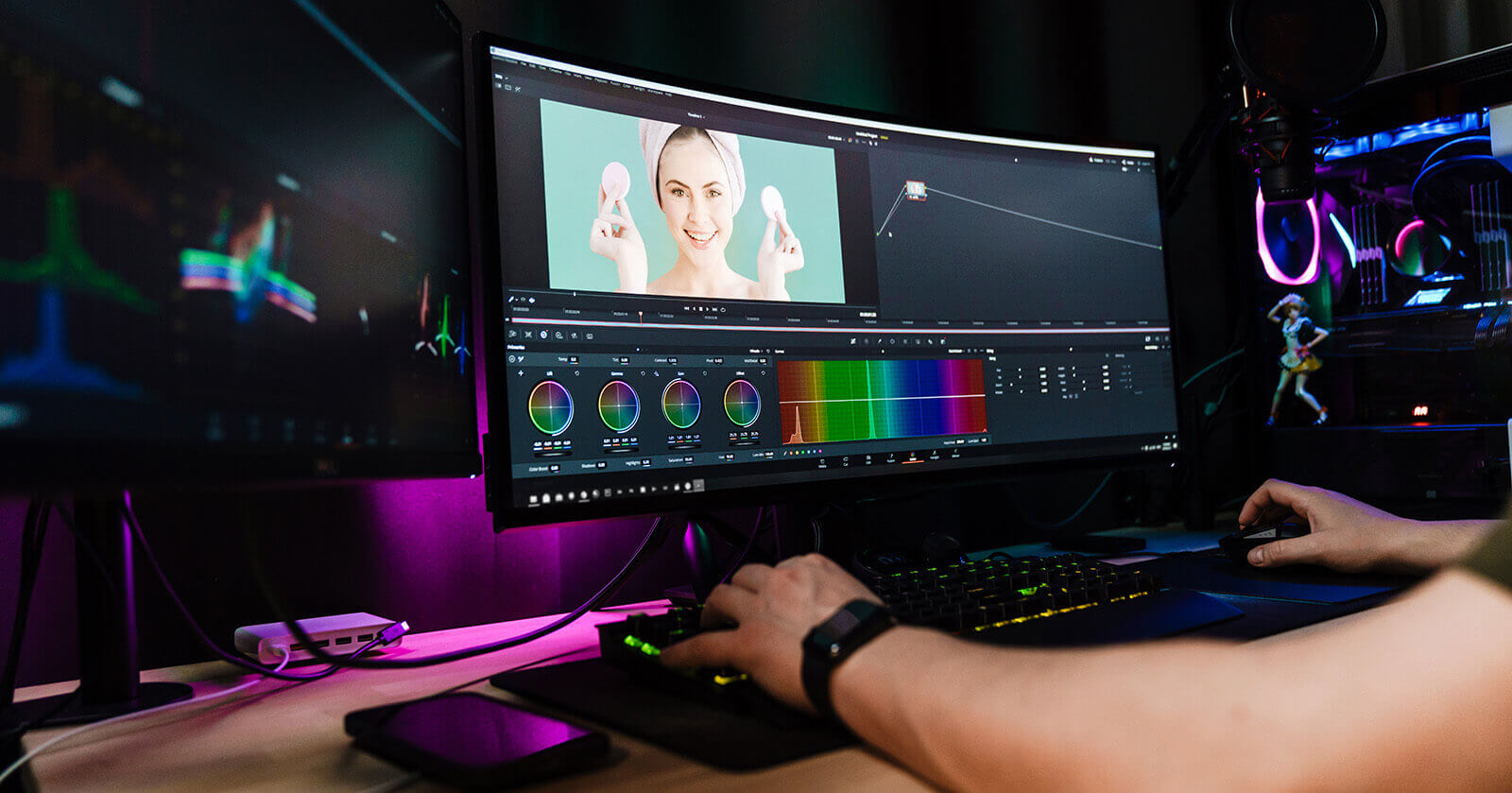
The Ultimate Guide to Conducting Case Study Video Interviews with Your Marketing Agency Clients
The Ultimate Guide to Conducting Case Study Video Interviews with Your Marketing Agency Clients
Are you looking to create compelling case study videos that showcase the success of your marketing agency campaigns?
Look no further than the insights your clients have to offer.
Conducting case study video interviews with your clients is a fantastic way to bring your marketing campaigns to life and let your clients do the talking.
But what are the best questions to ask your clients during the video interview?
In this guide, we’ll explore the top 9 questions you need to ask to create a successful case study video that will impress your potential clients.
What were your initial marketing goals and objectives, and what were your main challenges?
This question is an excellent starting point for your case study video. It’s important to understand your client’s initial goals and aspirations and what challenges they faced during the marketing campaign.
This will give your audience a clear idea of what was at stake and how your agency was able to assist.
How was the solution integrated into your existing marketing campaigns?
Your client may have had existing marketing campaigns that were ongoing when your agency joined the project.
Ask about the integration process and how the decision was made to introduce your solutions.

What measurable outcomes and improvements have you seen since implementing your marketing campaign?
Results speak for themselves, so ask your clients about their progress.
What measurable improvements have they seen as a result of your agency’s efforts?
Which solution features had the most significant impact on your marketing?
Have your clients pinpoint which features they found most helpful during the campaign.
This will help potential clients understand the distinct advantages of working with your agency.
What feedback have you received from internal and external sources on the changes?
Ask your client about any internal and external feedback received on the project results.
Feedback from multiple sources can be an excellent way to show your potential clients the value of your services.

How has the experience influenced your future marketing plans?
Has your client altered their future marketing plans based on the successes they experienced through working with your agency?
This can be a great indicator of the long-term value your agency offers.
How satisfied were you with the solution and your relationship with our team?
This is a crucial question for your case study video, as it measures client satisfaction with the service you provided.

Would you recommend our service to others, and why?
Asking this question provides you with an opportunity to gather testimonials from your clients.
Their answers can highlight key selling points and create compelling reasons for potential clients to seek out your agency.
What additional insights or comments would you like to share?
Giving your clients the opportunity to share additional insights or comments can create excellent material for your case study video.
This question can also bring up additional points that were not covered in the previous questions, adding depth and detail to your video.

Conclusion
Case study video interviews with your clients are a valuable tool in demonstrating to potential clients the success your marketing agency can deliver. The questions above are an excellent starting point for creating effective case study videos.
Keep in mind that the goal is to showcase your client’s successes while demonstrating the value your agency can bring to businesses.
By carefully preparing and conducting a video interview, you’ll discover a goldmine of information to create powerful case studies and present captivating marketing campaigns.
If you’d like the support of an experienced interviewer, book a strategy call or get in touch with Super Motion on 01225 970242.


















Recent Comments